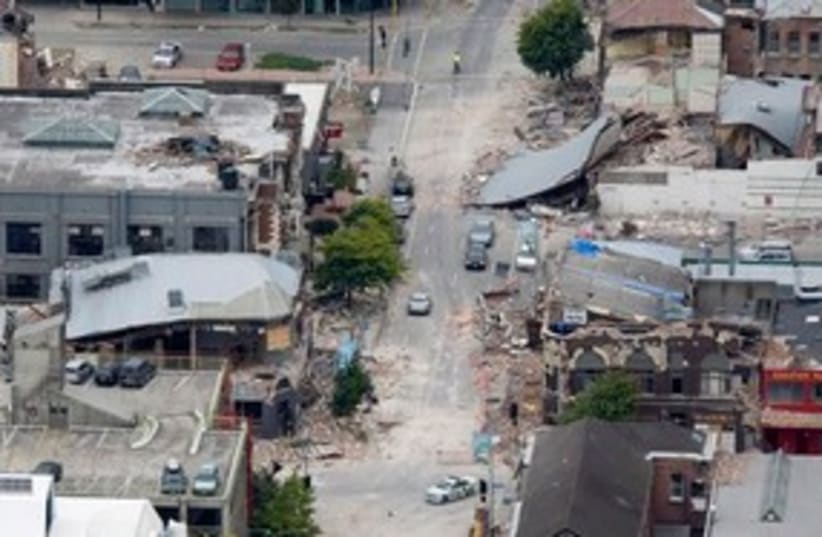Herb Keinon contributed to this report.
6.3 magnitude quake in New Zealand kills at least 65
Earthquake hits Christchurch; more than 100 people thought to trapped in collapsed rubble; Israel offers aid, assistance in recovery efforts.

Herb Keinon contributed to this report.